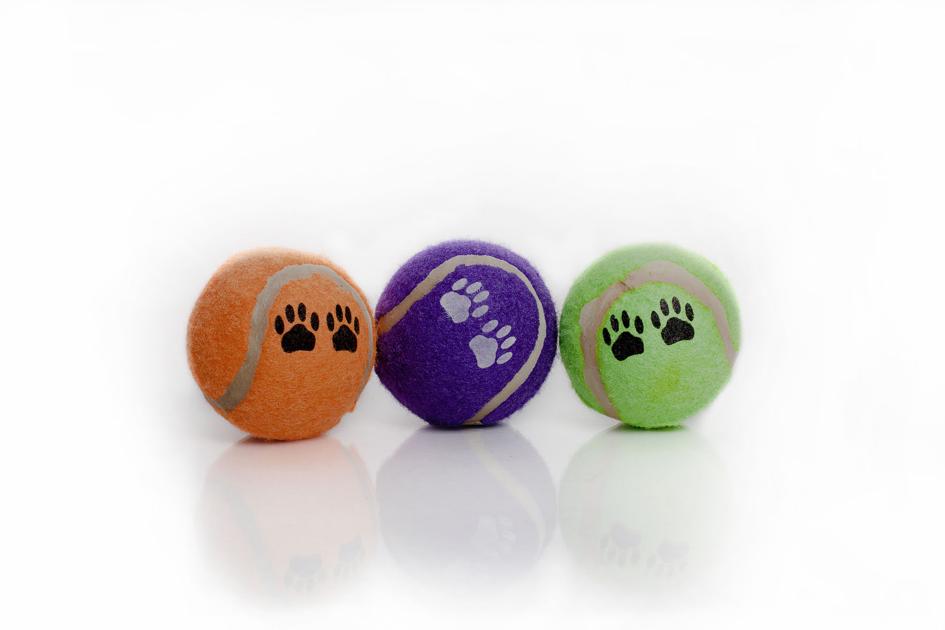
Farm to table pet toys are not a thing, yet.
Despite all the focus on what humans consume, and the growing concern about the natural diets of our pets, the toys that animals routinely gnaw on, lick, and sometimes ingest get less attention.
“Consider rawhide,” says Christi Gephart of All is Well pet store. “There are good quality rawhides. They’re just hard to find.”
Most of the toys available on the market and in massive pet store chains are made to be cheap, shipable, and long-lasting, as least as far a shelf life is concerned.
“Most rawhides are made of different skins pressed together and soaked in formaldehyde to last longer, so they can be shipped and stay on shelves,” explains Gephart.
The toys may weather shipping well and last forever on shelves, but once inside a pet’s mouth it’s another story altogether.
“When (most rawhide toys) tear apart, large pieces can turn into choking hazards,” says Gephart. “Or as dogs eat them they tear apart and expand in their digestive system.”
Suddenly, what might have been a cheap impulse purchase in the checkout line turns into hundreds of dollars spent at the vet — best-case scenario.
“Toys with stuffing in them are probably the worst,” says the owner of Charleston Dog Walker, Mallory Cooper. “Pets can rip those apart and digest the stuffing, which can hurt their insides.”
So why buy these potential hazards to begin with?
“It’s hard because they’re usually the cheapest, but they’re also the easiest to tear apart,” Cooper says.
When it comes to cost, you don’t have to splurge necessarily, but do be informed says Gephart. For her own shop, Gephart carefully screens products and seeks out toys that are sustainably, made of natural fibers and recyclable. Her favorite cat toys, for example, are catnip-stuffed mice made out of natural hemp. No matter where you shop, she recommends looking out for recalls and noting where ingredients come from.
“The biggest thing is to stay away from plastics,” Gephart says. “Dogs normally end up chipping off bits and eating it, which is not good for the pet.”
National organizations keep a close eye on pet supplies, but whether or not pet owners are aware is another issue. In 2017, the Federal Food and Drug Administration reported a widespread rawhide recall from the United Pet Group after discovering that some of its rawhide chews produced with Mexico, Colombia and Brazil were produced with a quaternary ammonium compound, which is not approved in the United States. In 2013, the Australian Veterinary Journal reported 102 cases of kidney disease in dogs exposed to a Chinese-origin chicken jerky treat, six of whom died or were euthanized due to the illness. To warn the public of issues like that one, the American Veterinary Medical Association (AVMA) maintains an online list of recalls.
This is not to cause panic. Gephart and Cooper mostly advise caution to their pet owners, as most accidents can be prevented. If you give your dog a nylon, rubber or rawhide bone, for example, watch out and take it away when it is small enough to be a choking hazard. For cats, don’t let them play with things like string, yarn, paper clips or plastic bags cautions the AVMA — no matter how much they might enjoy these “toys.”
“Stay away from harmful materials like plastics in any toy they could ingest,” counsels Gephart. Not farm to table, maybe, but it is a move away from factory to toy.

